How to choose the perfect hi-res portable music player for you
MP3, AAC, FLAC, MQA, PCM and DSD hi-res audio players for all!
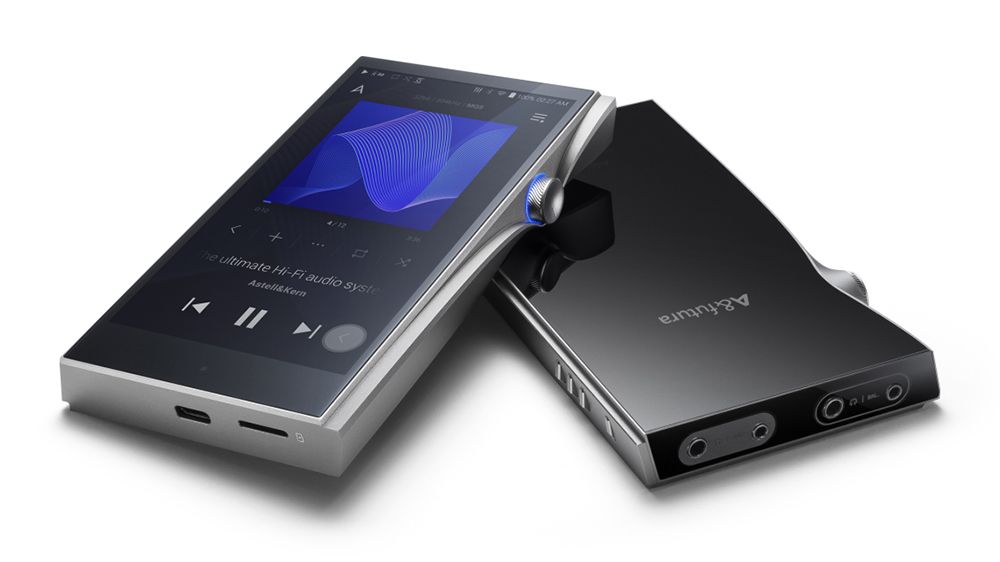
Considering a dedicated portable audio player? Love that. Maybe you have a blossoming collection of FLAC files which don't ever seem to play nice with your phone (or simply eat up its storage to the point that you're choosing which app to ditch), or maybe you no longer want to be interrupted by phone calls or WhatsApp notifications when trying to enjoy tunes?
We applaud you. We are here for you, and so are the best MP3 players currently on the market – by which we mean portable audio players that play far more than lossy old MP3 files.
While streaming from Spotify is all well and good for a quick music fix, hi-res audio digital files stored on a portable music player (often shortened to PMP) or digital audio player (you may hear it referred to as a DAP) can sound so much better, and they care not whether you're online – or whether your Tidal or Apple Music subscription is still valid. That said, there are players that'll access your streaming service of choice. But let's not get ahead of ourselves…
And the portable audio experience will be especially good if you plan to use your shiny new player alongside some compatible over-ear headphones – as long as your DAP is powerful enough to drive them. (Again, more on this later.)
But which player to choose? Don't fret, we can help, because we love these things and we want you to love one of them too. (Full disclosure, I still own an iPod Classic, and while it has no hi-res or Bluetooth support and you can't really buy them from established online retailers these days, I love it dearly.)
1. Travel-light or travel-heavy? Storage and microSD cards
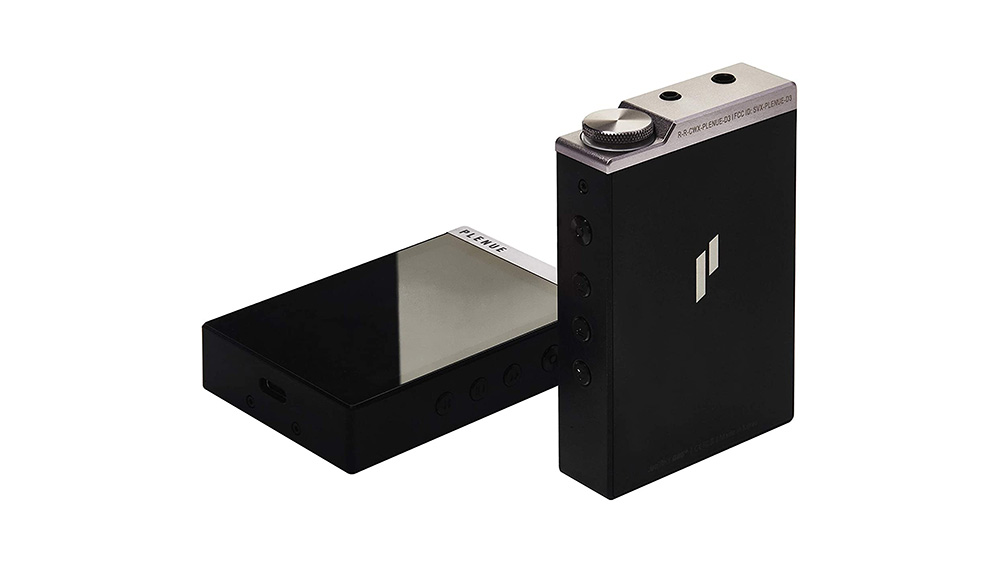
Do you own a collection of digitally-stored music, or do you plan on streaming it all? We probably all know that keeping downloaded hi-res files on your phone tends to start eating up its onboard storage, and the same is true where portable music players are concerned.
Now, if you plan on streaming all of your tracks from your pick of the best music streaming services, built-in storage will be of little concern, but if you're packing files, it's worth considering the figures.
Get daily insight, inspiration and deals in your inbox
Sign up for breaking news, reviews, opinion, top tech deals, and more.
I, for example, saved up my pennies back in 2007 for the bigger 160GB iPod storage option, just because 40,000 songs seemed a mind-blowing figure; it still does today – I've never managed to come close to filling it – albeit with AAC, AIFF, ALAC and my dear old friend MP3 (aka Lossy but Little) music files.
But if there's no struggle, there's no progress, and progress has certainly been made to squirrel more storage and hi-res file support into portable players. How? Removable microSD cards are one way, and it's worth checking whether the player you've got your heart set on comes with a little slot for one.
The quite brilliant Astell & Kern A&norma SR25 MKII, for example, holds a built-in memory of 'only' 64GB, but it's expandable. Buy a 1TB microSD card, slot it into its rightful place and have at all that glorious extra storage.
The gloriously bijou Cowon Plenue D3 also boasts 64GB of built-in storage, which is expandable to 192GB with the addition of a 128GB microSD card – note that it cannot take a 1TB card, so you do need to check the spec sheet of your potential player to avoid disappointment if you've already bought one of the more accommodating microSD cards (yes, I speak from personal experience here).
2. Justice files
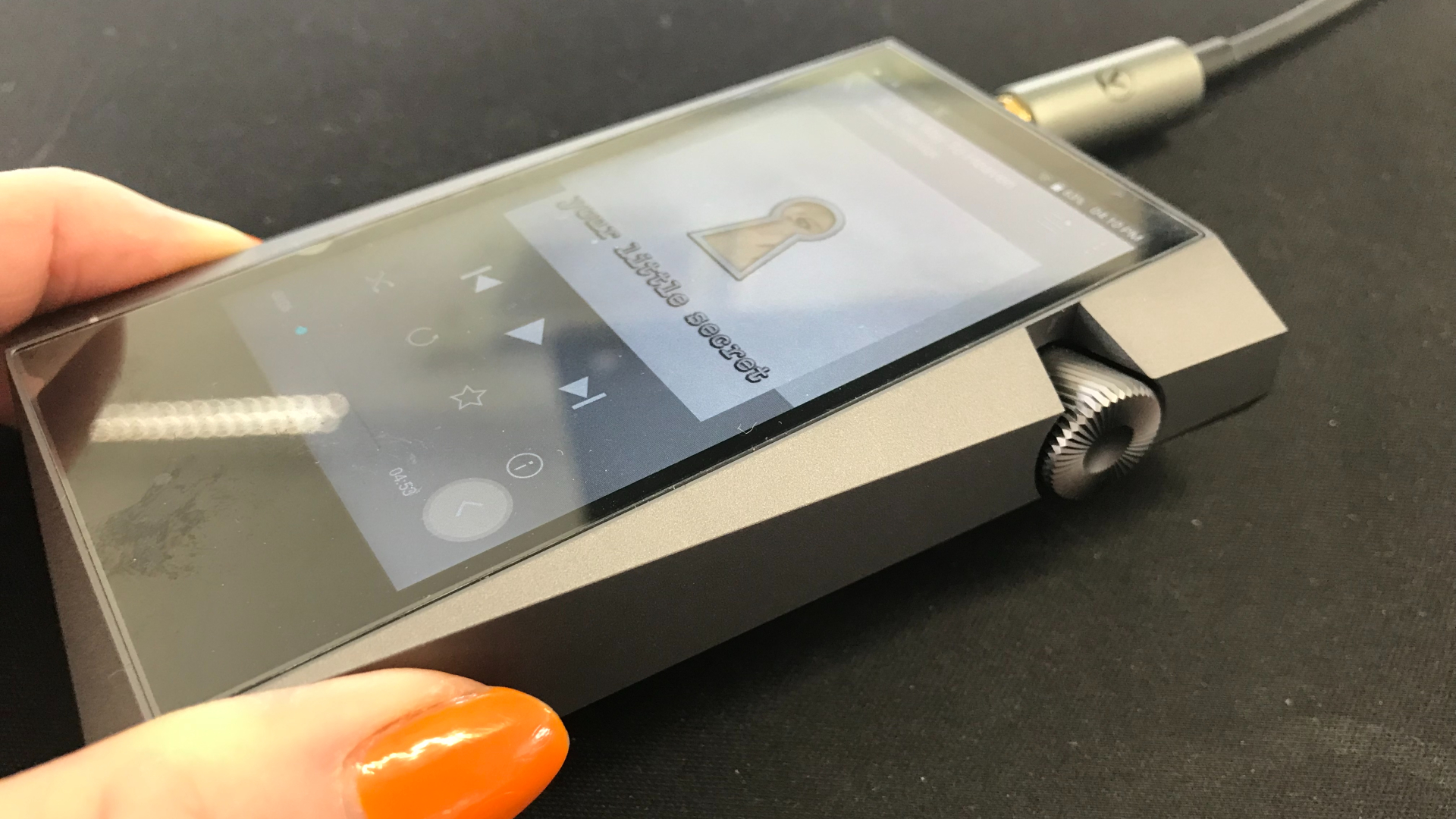
Just to continue with the two options above for a second, the A&K SR25 MKII easily handles a huge array of high-resolution music formats and sample rates, including support for native playback of DSD256 and 32-bit/384KHz PCM high-resolution audio, while the cheaper and smaller (but still beautiful) Cowon Plenue D3 supports 24-bit/192kHz WAV, FLAC, ALAC and AIFF files, plus native playback of DSD up to DSD128 – ie. support for double DSD, but not quadruple DSD.
Now, the chances are that if you've not heard of DSD until now – it stands for Direct Stream Digital and was created by Sony – you won't miss any lack of support for it. However, if you paid extra to get all of that glorious additional audio information in digital form (a DSD256 album is about 8GB, so it's a data-heavy purchase) you'll absolutely want to be able to enjoy it at its best.
As mentioned, my old iPod Classic only supports AAC, AIFF, ALAC and MP3 files and, because FLAC is now such a popular format, that list is more than a little dated in 2022. Apple's youngest (and now discontinued) player, the iPod Touch (7th generation) meanwhile, upped the ante with support for AAC-LC, HE-AAC, HE-AAC v2, Protected AAC, MP3, Linear PCM, Apple Lossless, FLAC, Dolby Digital (AC‑3), Dolby Digital Plus (E-AC‑3) and Audible (formats 2, 3, 4, Audible Enhanced Audio, AAX and AAX+).
You'll likely need to head over to an auction site to nab one, but if an Apple-centric (and dare we say it, slightly retro?) vibe is your thing, it might be the one for you.
Essentially, what we're urging you to do is to check the file support on your potential player, folks…
3. Wireless connectivity and added extras
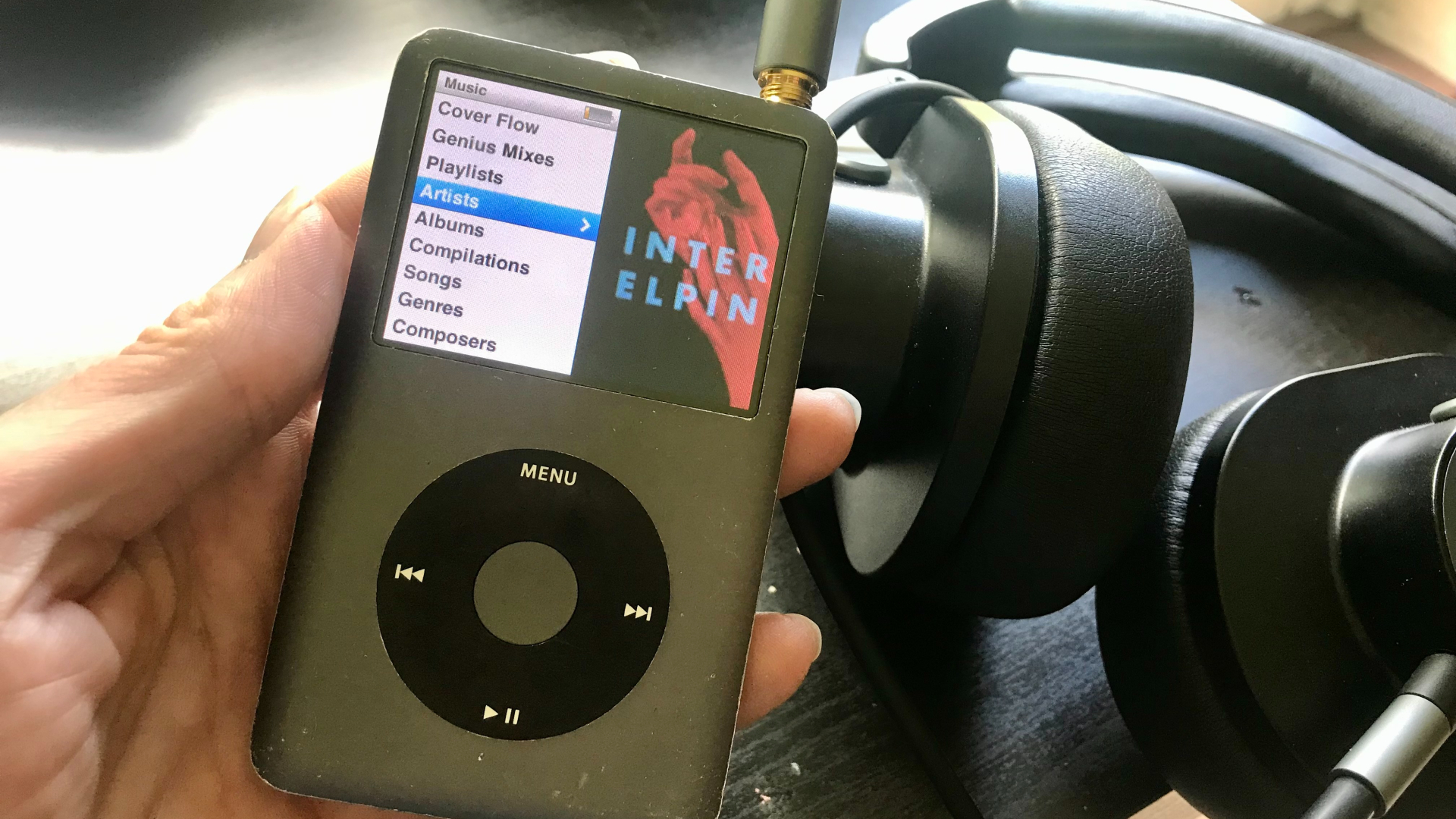
My old iPod Classic is a relatively basic beast. I cannot come at it with a pair of even the best wireless earbuds. Why? There is no Bluetooth receiver chip nestled within it. There is, however, Bluetooth support within newer iPods (the 7G iPod Nano, the 2G iPod touch and later all support Bluetooth), but that's only part of the story.
Certain players are offline-only; see the Sony NW-A55L for starters. The lack of Wi-Fi rules out directly streaming networked files and from music services, but its absence is hardly surprising given its budget price-tag, and because there is a Bluetooth receiver, you can pair a laptop or phone and play its music content through this, Sony's much newer Walkman.
The beauty of offline players is that they will not be thwarted by guest Wi-Fi networks, Siri misunderstandings, Spotify Free playlists, Bluetooth dropouts, ads, app updates, an incoming phone call, a Google notification or an important email.
But if you want to make full use of your Tidal HiFi Plus subscription, you'll need something that can jump online too. Astell & Kern's A&ultima SP2000T would be our top shout there, but you'll have to pay for it.
Don't have that kind of money? That's OK, the A&norma SR25 MKII also boasts Wi-Fi access and the high-quality LDAC and aptX HD Bluetooth wireless codecs for access to streaming services including Tidal (which, helpfully, is just waiting to be discovered in the 'services' tab here) and the battery life, at 20 hours, walks all over the A&ultima SP2000T at only 9 hours.
4. It's all about the Benjamins
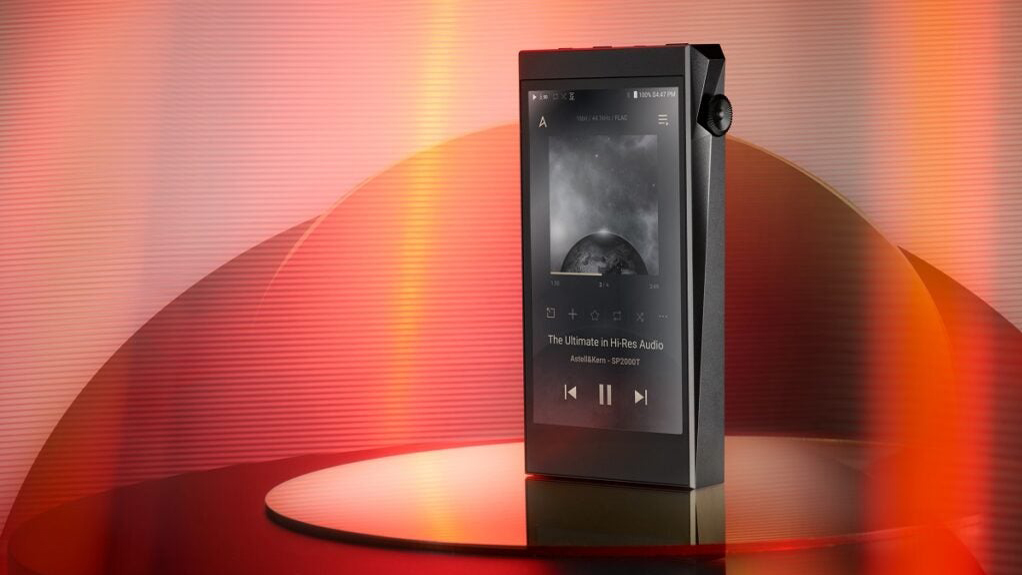
Isn't it always? You can't buy what you can't afford (or, so they say) so as rudimentary as it may seem, do keep the maximum you're comfortable spending in mind when searching for the DAP of your dreams.
You can pick up a cheap portable MP3 player for roughly the price of a coffee, but these will be quite basic affairs that might house just 32GB of MP3-quality music and play for perhaps three hours before needing to be charged – but if that's good enough for you, we support you all the way.
The products mentioned in this particular guide range from $220 / £160 / AU$339 for the Sony NW-A55L, right up to $2,399 / £1,999 / AU$3,599 for the portable pièce de résistance that is the Astell & Kern A&ultima SP2000T. Yes, really.
The point is, there is a product for every budget, so don't assume that your desire for hi-res files will totally bankrupt you.
We wish you a long future of musical contentment with yours. After all, my iPod Classic and I have been going strong for 15 years, and we're very happy together…

Becky became Audio Editor at TechRadar in 2024, but joined the team in 2022 as Senior Staff Writer, focusing on all things hi-fi. Before this, she spent three years at What Hi-Fi? testing and reviewing everything from wallet-friendly wireless earbuds to huge high-end sound systems. Prior to gaining her MA in Journalism in 2018, Becky freelanced as an arts critic alongside a 22-year career as a professional dancer and aerialist – any love of dance starts with a love of music. Becky has previously contributed to Stuff, FourFourTwo and The Stage. When not writing, she can still be found throwing shapes in a dance studio, these days with varying degrees of success.